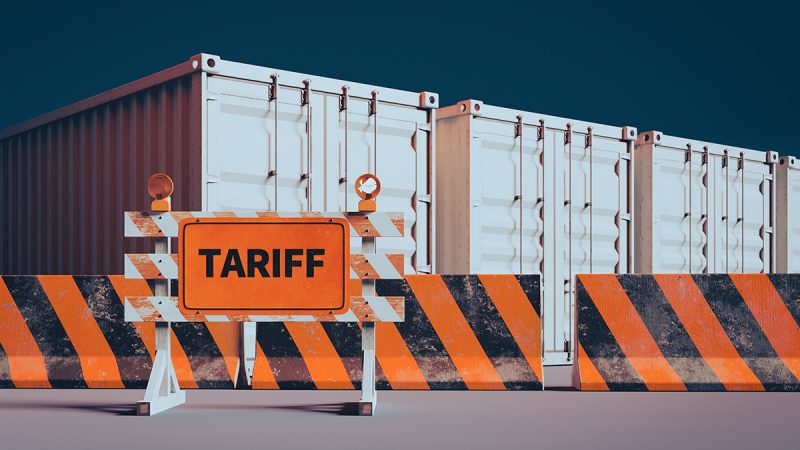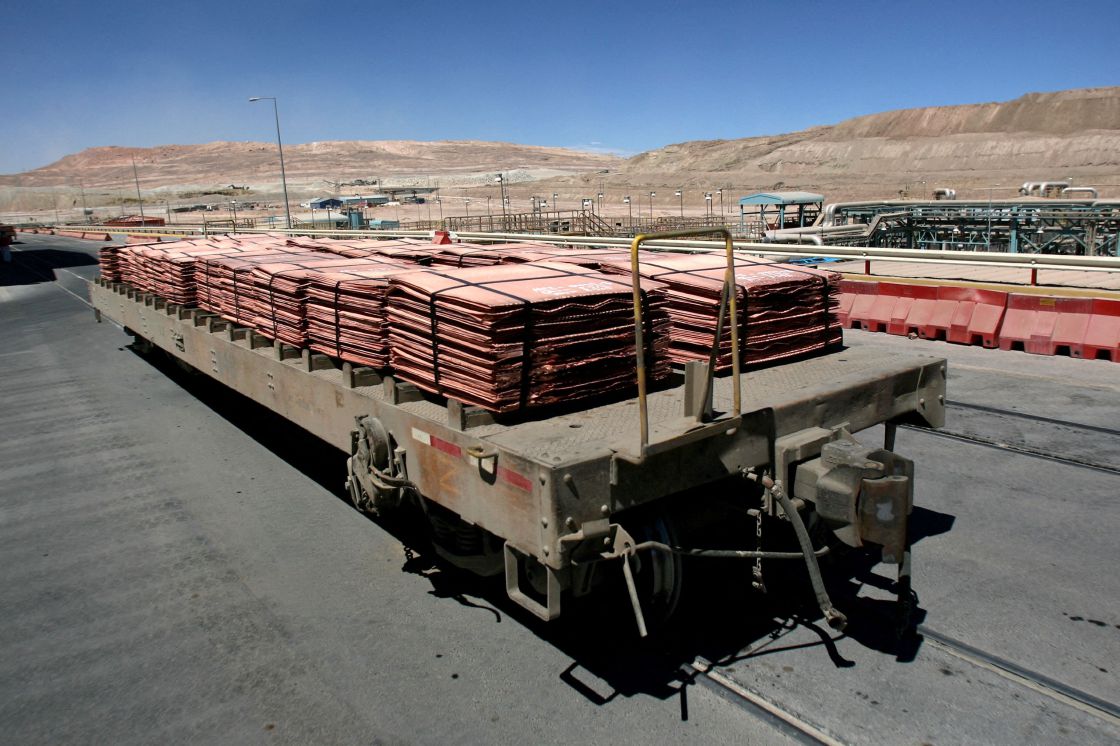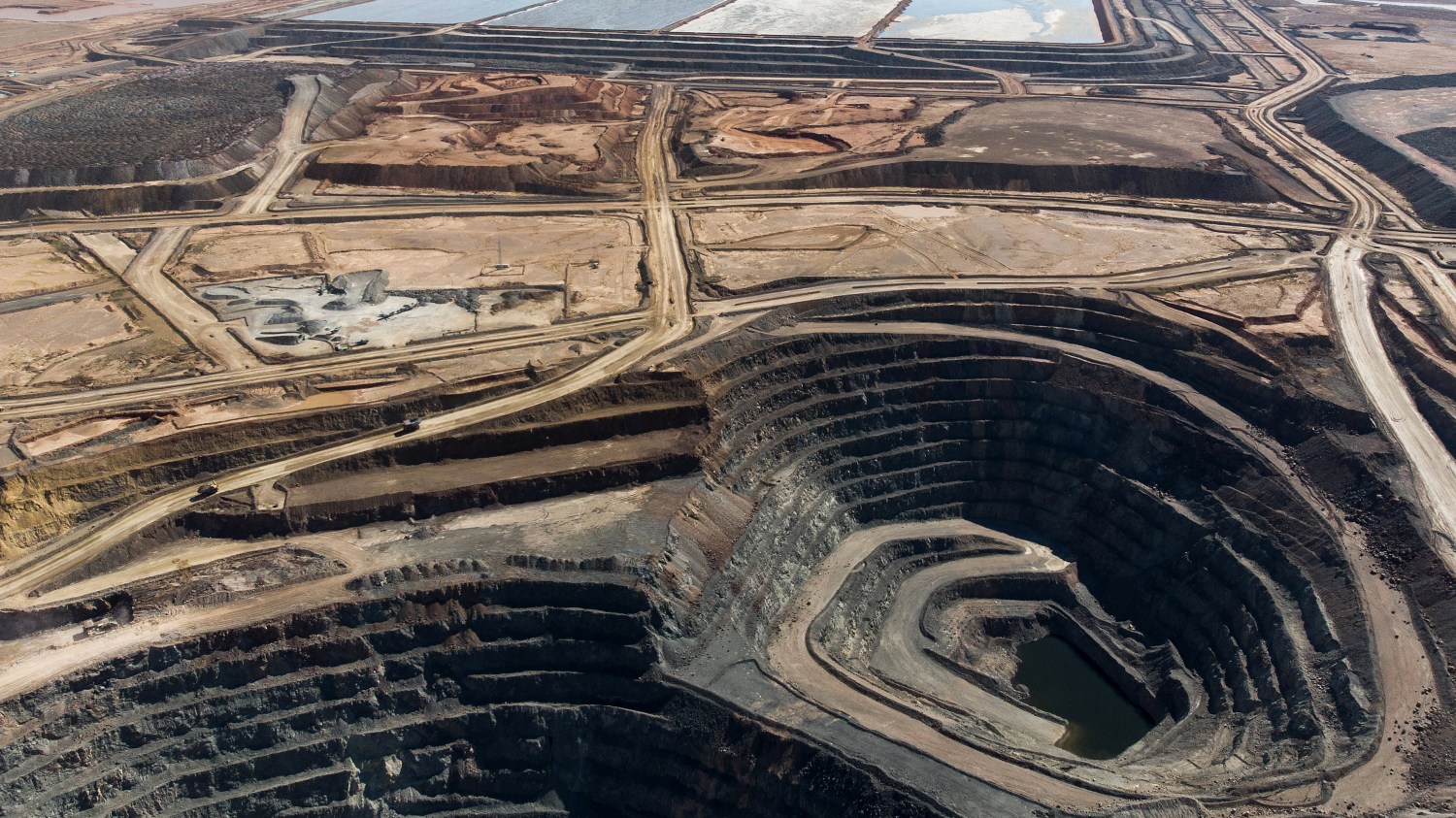
U.S. Steel Market Reacts Swiftly to Tariff Hike
Trump’s 50% steel tariff is already shaking the global steel market. Announced under Section 232, the increase took effect on June 4 and doubles the previous import tariff. The U.S. government argues it’s essential for national security and domestic industry stability.
In response, domestic steel prices surged. Rebar prices jumped by $60 to reach $810–840 per short ton. Hot-rolled coil also increased, now trading at $870–890. Some expect a return to March highs of $950, but weak demand and short lead times—just 3 to 4 weeks—suggest mills may struggle to maintain price momentum.
Meanwhile, global markets brace for wider shockwaves. As the U.S. hardens its trade stance, longstanding steel flows face serious disruption.
Global Fallout: EU, China, and Scrap Markets Caught in the Crossfire
Europe’s export volumes take a direct hit. The EU shipped 3.8 million tons of steel annually to the U.S., but the 50% tariff now makes that trade uneconomical. Despite April’s favorable spreads cushioning exports, volumes will likely collapse by July. This adds to an oversupplied EU market where steel prices recently fell by €50 per ton.
The European Commission is under pressure to respond. Trade groups urge stronger defense measures as Brussels weighs its next move. Political will is growing for retaliatory action.
China faces indirect pressure. Although its direct exports to the U.S. are minimal, Beijing’s 9% year-to-date export growth has flooded global markets. Chinese domestic price declines are pulling Asian benchmarks lower, undermining global steel producers. This comes at a time when mills must maintain margins to fund green investments.
Scrap markets are feeling the volatility. In March, a 25% tariff boost pushed U.S. scrap export prices up $30/ton. But this 50% hike lands differently. Weak global demand limits upside potential. Turkey, the biggest buyer of U.S. scrap, is already resisting higher prices amid stiff Asian competition.
Ukraine is also under strain. Its steelmakers face dual setbacks: falling iron ore prices (Fe62% fines slid to $92.3/t as of June 10) and weakening export competitiveness. Iron ore shipments could decline by 15% this year, continuing the 10% drop seen from January to April.
SuperMetalPrice Commentary:
Trump’s 50% steel tariff reveals how quickly one policy can shift global supply chains. From Europe’s collapsing exports to China’s amplified oversupply and strained scrap dynamics, no region remains untouched. The tariff gives Washington bargaining power, as seen in the recent U.S.-UK deal. However, this approach introduces long-term volatility and exposes global producers to deeper financial and strategic risks. As negotiations heat up with the EU and potentially China, stakeholders must prepare for a more fragmented and politically charged steel trade environment.











Leave a Reply
You must be logged in to post a comment.